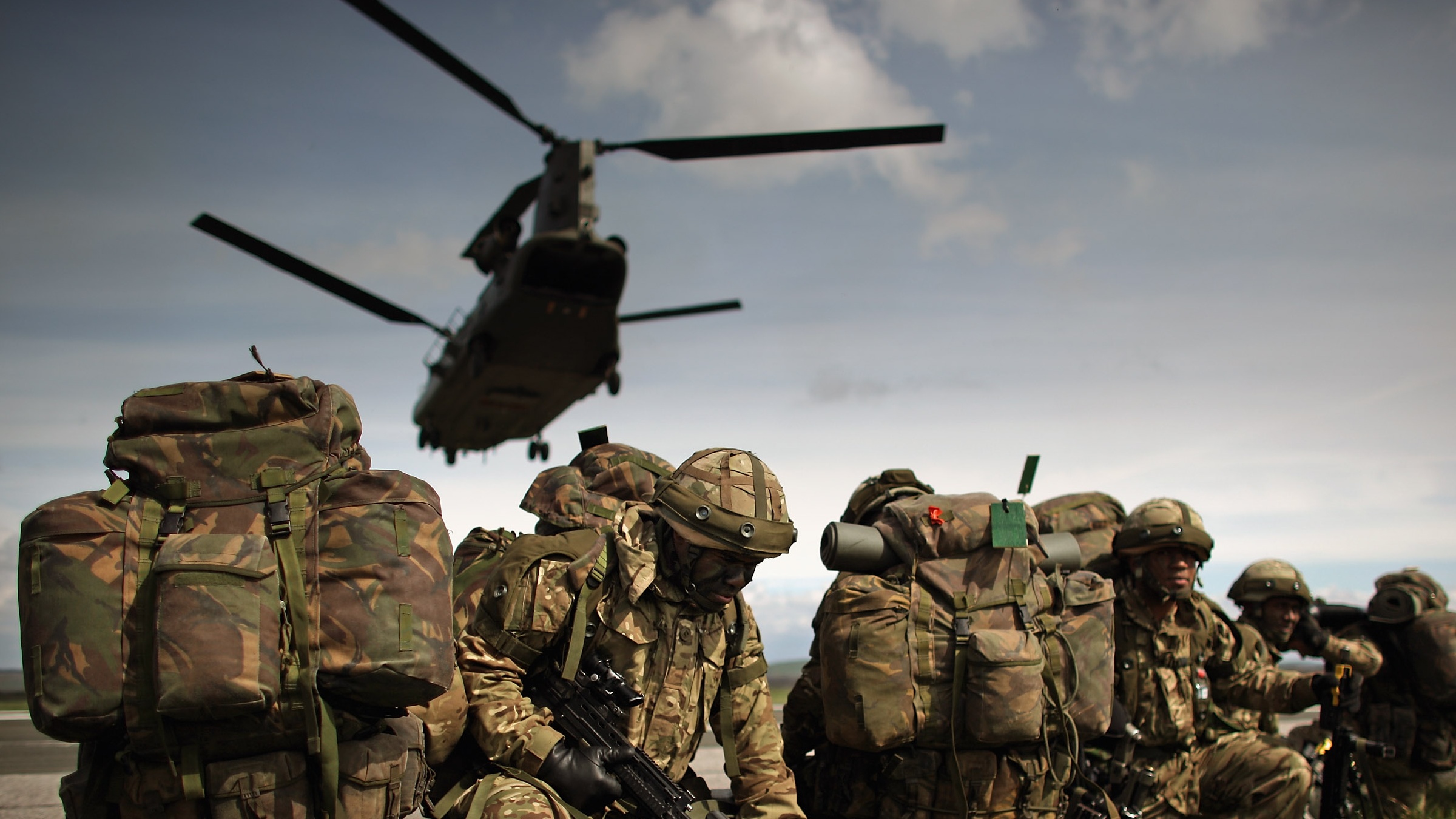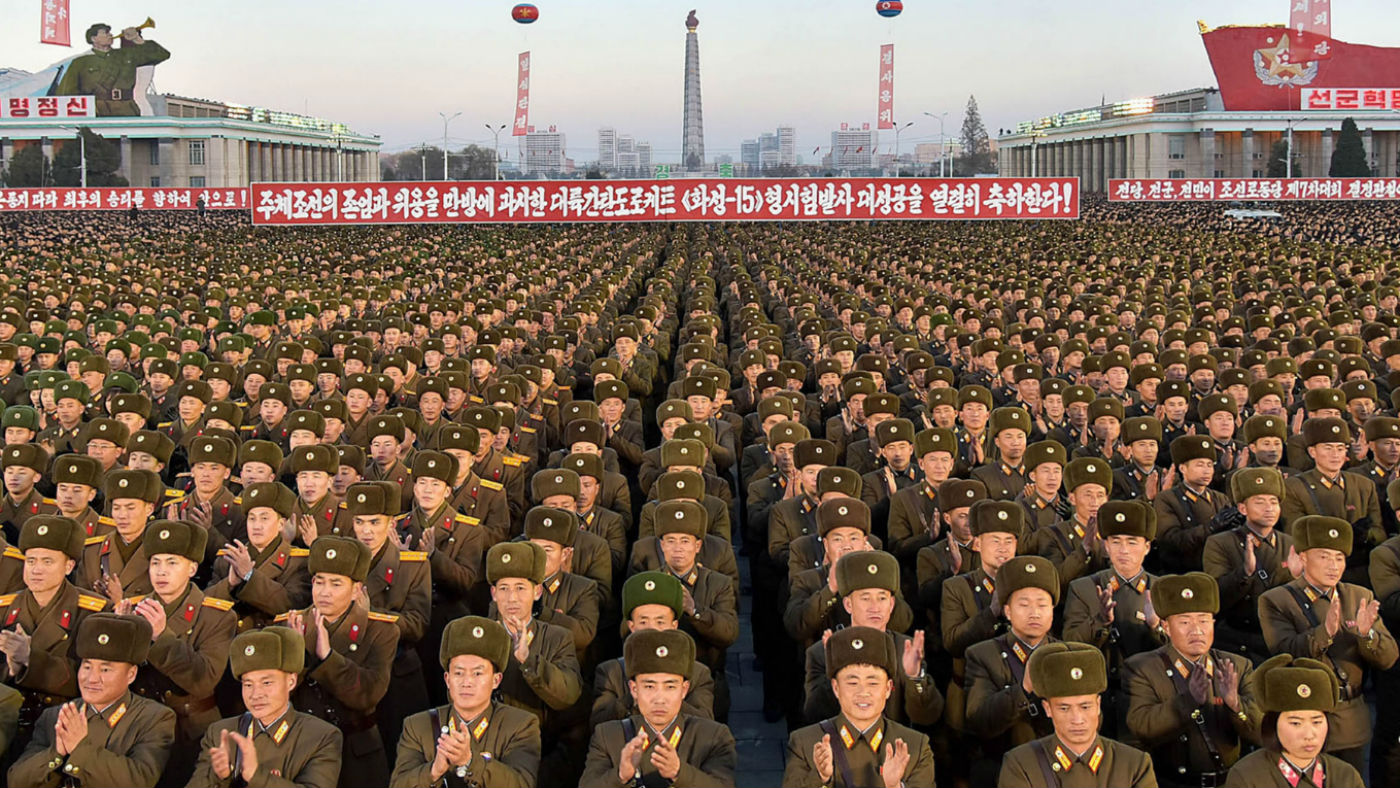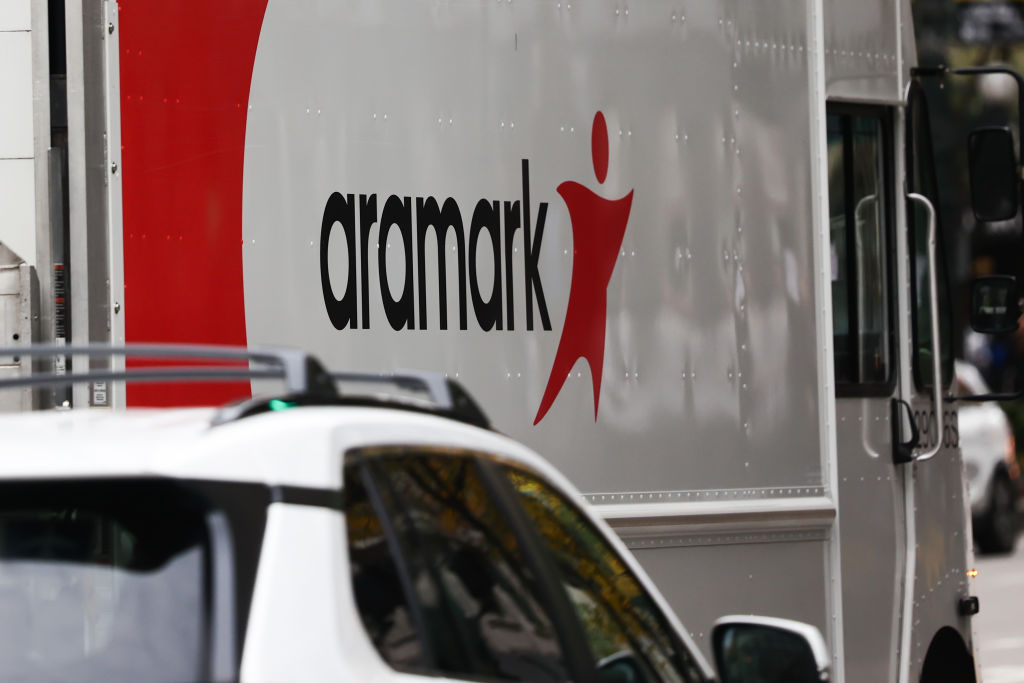The Week Unwrapped: martial lawlessness, asteroid action and statue sparring
Should the culture of the British army face greater scrutiny? Can Nasa deflect asteroids away from earth? And should London’s statues be made more diverse?

Guest host Arion McNicoll and The Week delve behind the headlines and debate what really matters.
You can subscribe to The Week Unwrapped wherever you get your podcasts:
In this week’s episode, we discuss:
The Week
Escape your echo chamber. Get the facts behind the news, plus analysis from multiple perspectives.

Sign up for The Week's Free Newsletters
From our morning news briefing to a weekly Good News Newsletter, get the best of The Week delivered directly to your inbox.
From our morning news briefing to a weekly Good News Newsletter, get the best of The Week delivered directly to your inbox.
Martial lawlessness
An investigation into the suicide of a female cadet at Royal Military Academy Sandhurst in 2019 could result in seven officers and soldiers facing charges over their failure to keep her safe. The case has raised questions over the challenges experienced by women in the military, as well as what it will take to change the institution’s longstanding “man’s world” culture.
Asteroid action
Nasa has announced plans to send a spacecraft hurtling into an asteroid at 15,000mph to change its path and divert it away from Earth. The mission, known as a Double Asteroid Redirection Test (DART), is the agency’s “first test for planetary defence”. So should we be worried about asteroid’s one day colliding with the planet - and what might experts learn from the first-of-its-kind experiment?
A free daily email with the biggest news stories of the day – and the best features from TheWeek.com
Statue sparring
A landmark study has found that London has more public sculptures of animals than it does of women or people of colour. The research, which is funded in part by City Hall, is part of a major project launched in the light of the global protests against racism and inequality last year. So what does the current line-up tell us about the country’s approach to celebrating its favourite sons - and could London’s statues be about to become more diverse?
-
 How weight-loss jabs are changing the way we eat
How weight-loss jabs are changing the way we eatIn The Spotlight Anti-obesity drugs have been a boon for Babybel but are supermarkets ready for a slimmed-down Christmas?
-
 Sudoku hard: December 18, 2025
Sudoku hard: December 18, 2025The daily hard sudoku puzzle from The Week
-
 Crossword: December 18, 2025
Crossword: December 18, 2025The daily crossword from The Week
-
 How an Alabama brawl became a watershed moment for race in America
How an Alabama brawl became a watershed moment for race in AmericaTalking Point "No people are obligated to endure violence without defending themselves or being defended"
-
 Nasa finds molecules on Mars
Nasa finds molecules on Marsfeature And other stories from the stranger side of life
-
 Can unbuilding highways undo the legacy of racism?
Can unbuilding highways undo the legacy of racism?Speed Read Roads were built through Black and Latino neighborhoods. A new federal program may reverse those efforts.
-
 The Dilbert debate: Were newspapers right to 'cancel' the cartoon?
The Dilbert debate: Were newspapers right to 'cancel' the cartoon?Instant Opinion The sharpest opinions on the debate from around the web
-
 Newspapers drop Dilbert comic strip over creator's racist remarks
Newspapers drop Dilbert comic strip over creator's racist remarksSpeed Read
-
 The Week Unwrapped: Korean succession, terror by algorithm and German disquiet
The Week Unwrapped: Korean succession, terror by algorithm and German disquietpodcast Could a 10-year-old girl rule North Korea? Will an Isis victim upend web law? And why is Germany upset with its Oscars contender?
-
 The Week Unwrapped: Chinese chips, the Pope in Africa and podcasting
The Week Unwrapped: Chinese chips, the Pope in Africa and podcastingpodcast Is China losing the microchip war? What is the Vatican doing in South Sudan? And has the podcast tide turned?
-
 Food vendor apologizes for serving culturally insensitive school lunch on 1st day of Black History Month
Food vendor apologizes for serving culturally insensitive school lunch on 1st day of Black History MonthSpeed Read